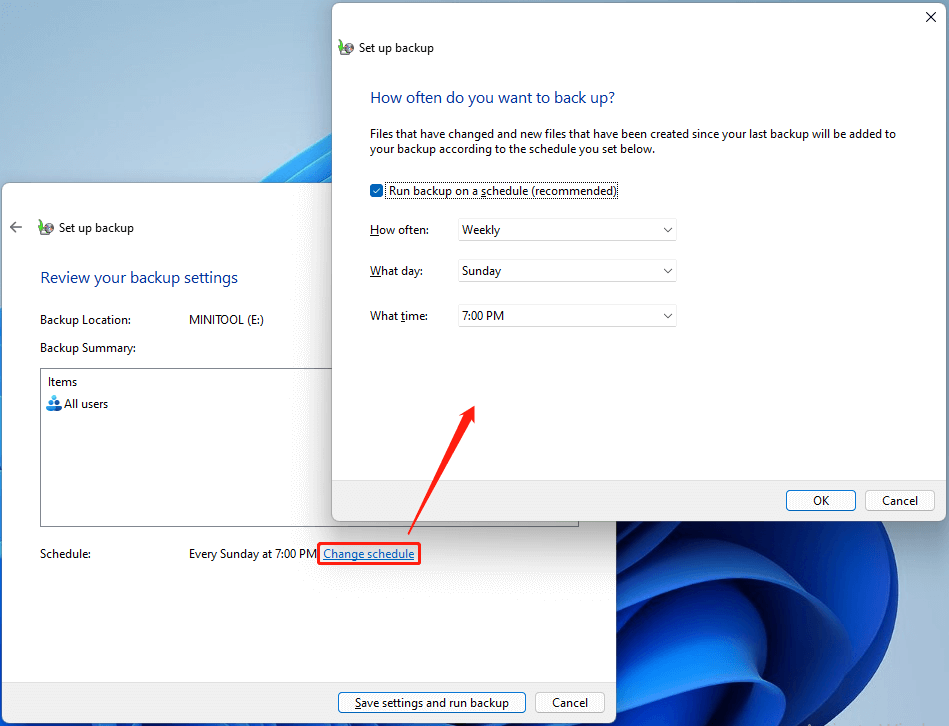

In the popup window that opens, choose DigitalOcean as your provider, give the account a name, and then click Connect DigitalOcean. Because it’s a DigitalOcean Managed Database, you’ll need to activate the Import managed database (DbaaS) option.īefore you can choose your database, you’ll first need to connect SimpleBackups to your DigitalOcean account. You’ll now choose the database you’d like to back up. If no servers are available, you’ll need to connect one first. When choosing this option, you’ll also need to choose a server from the drop-down list. SimpleBackups also allows you to store the backups locally, off-site, or on mounted volumes. In this example, we’ll use Own Server, which allows you to run the backup on your own infrastructure. You have two options – Serverless or Own Server. Next, you’ll choose the server you want to use to run the backup. To start, select Databases under ‘What do you want to create a backup for?’ No matter what option you use, you’ll be taken to the Create Backup page, where you can configure your backup. This will take you to the page which lists all your backups. You can also click on Backups in the main menu at the top of the page. On your dashboard, you’ll click on PostgreSQL Backup or Database backup. To set up your database backup, log into your SimpleBackups account. Let’s look at how you would set up your backups on SimpleBackups! Setting Up Your Backup If you’d like to restore backups older than this, this could become an issue.įortunately, SimpleBackups offers a solution to these challenges. What happens when there’s a complete outage?ĭigitalOcean only stores your backups for 7 days.


Simplify Your DigitalOcean Managed Database Backups With SimpleBackupsĭigitalOcean’s Managed Database solution eliminates some of the headaches in managing your database backups, but you should be aware of the cons.įor instance, your backups will be stored on DigitalOcean’s servers. Once you’ve chosen the options above, click Restore to New Cluster.You’ll also choose a name for the new database. Here, you can choose if you’d like to restore to the latest backup or to a specific moment in time. A Create a new cluster from a backup window will open.On the database’s Overview page, click the Actions button and then choose Restore from backup from the drop-down menu.Click on the name of the PostgreSQL database you’d like to restore from the Databases page.However, you can also manually restore PostgreSQL database backups. It does this by replacing degraded nodes with new ones that resume where the previous ones failed.
#Backup scheduler restore software#
To create your database, click the Create Database Cluster button.ĭigitalOcean’s Managed Databases automatically handle data recovery due to hardware and software failures.Once you’ve configured the database the way you’d like, you can choose a name for your database, the project you’d like to add it to, and add any tags in the Finalize and Create section.

Finally, choose the machine type and the number and size of the database nodes in the Choose a database configuration section.Choose PostgreSQL in the Choose a database engine section.Select the data center for your database cluster in the Choose a data center section.On the Create a Database page, you can choose your database’s configuration.Click on Create on your DigitalOcean Control Panel and select Databases in the drop-down menu.Here are the steps you’ll follow to create a new PostgreSQL managed database: So, to create your backup, you simply need to create a database. Luckily, you don’t have to do much free, automatic backups are included in the managed backup solution. Let’s first look at how you’ll create your database backups on the DigitalOcean platform. Creating Your Backups on the DigitalOcean Platform In this post, we’ll look at a simpler solution for backing up your DigitalOcean PostgreSQL backups. Both these can lead to significant problems should a catastrophe happen. And you can only store your backups in DigitalOcean’s data centers. For instance, while these backups are automatic when using the solution, you’ll only get backups for seven days. However, despite its advantages, it does come with some drawbacks. As part of this strategy, you’ll likely need to perform regular backups of your databases.Ī simple way to ensure that your data is backed up regularly is by using DigitalOcean’s Managed Database solution. To do this, you’ll typically need a data recovery strategy. What this, ultimately, means is that, these days, it’s critical that you protect your business’s most valuable data considering the increase in cyberattacks and other security risks. Also, a data breach can cost a business, on average, about $1.59 million. 22 billion records were exposed as a result of data breaches in 2021 and this number is expected to increase.


 0 kommentar(er)
0 kommentar(er)
